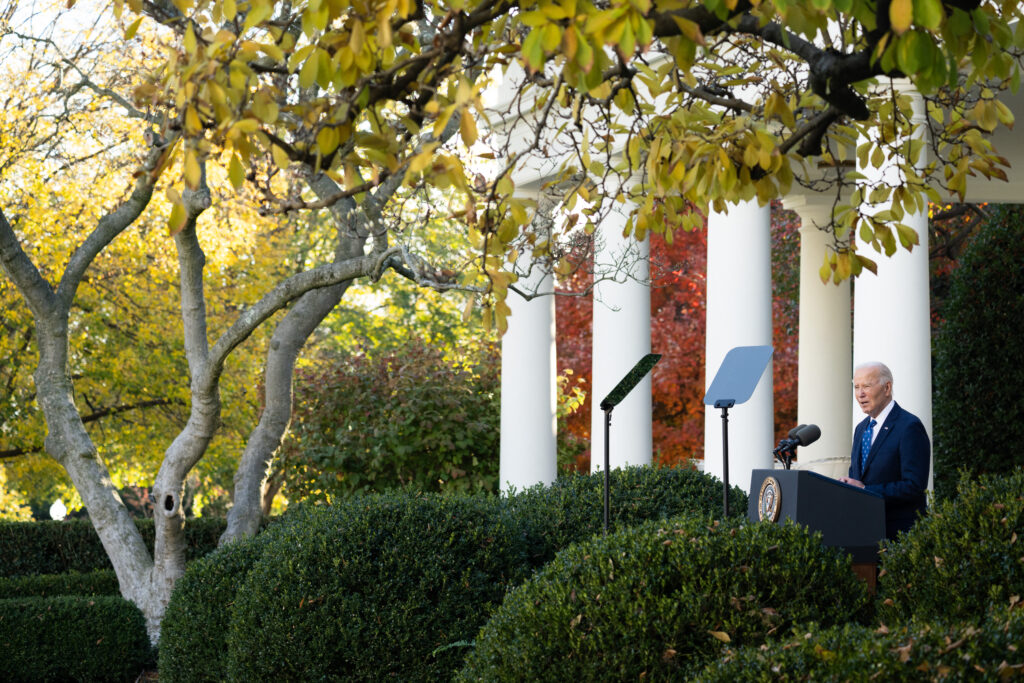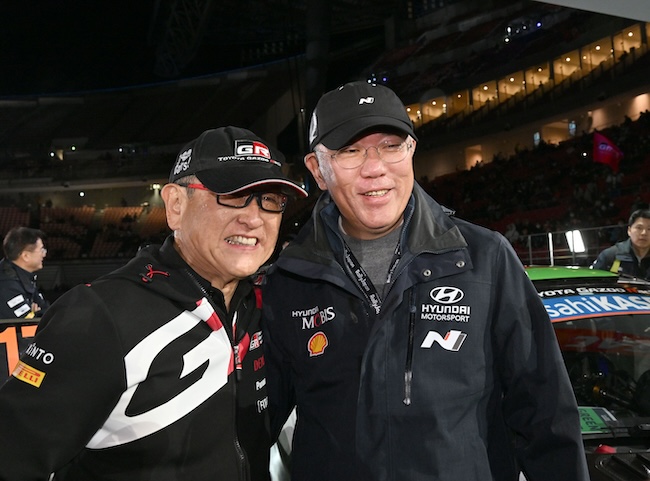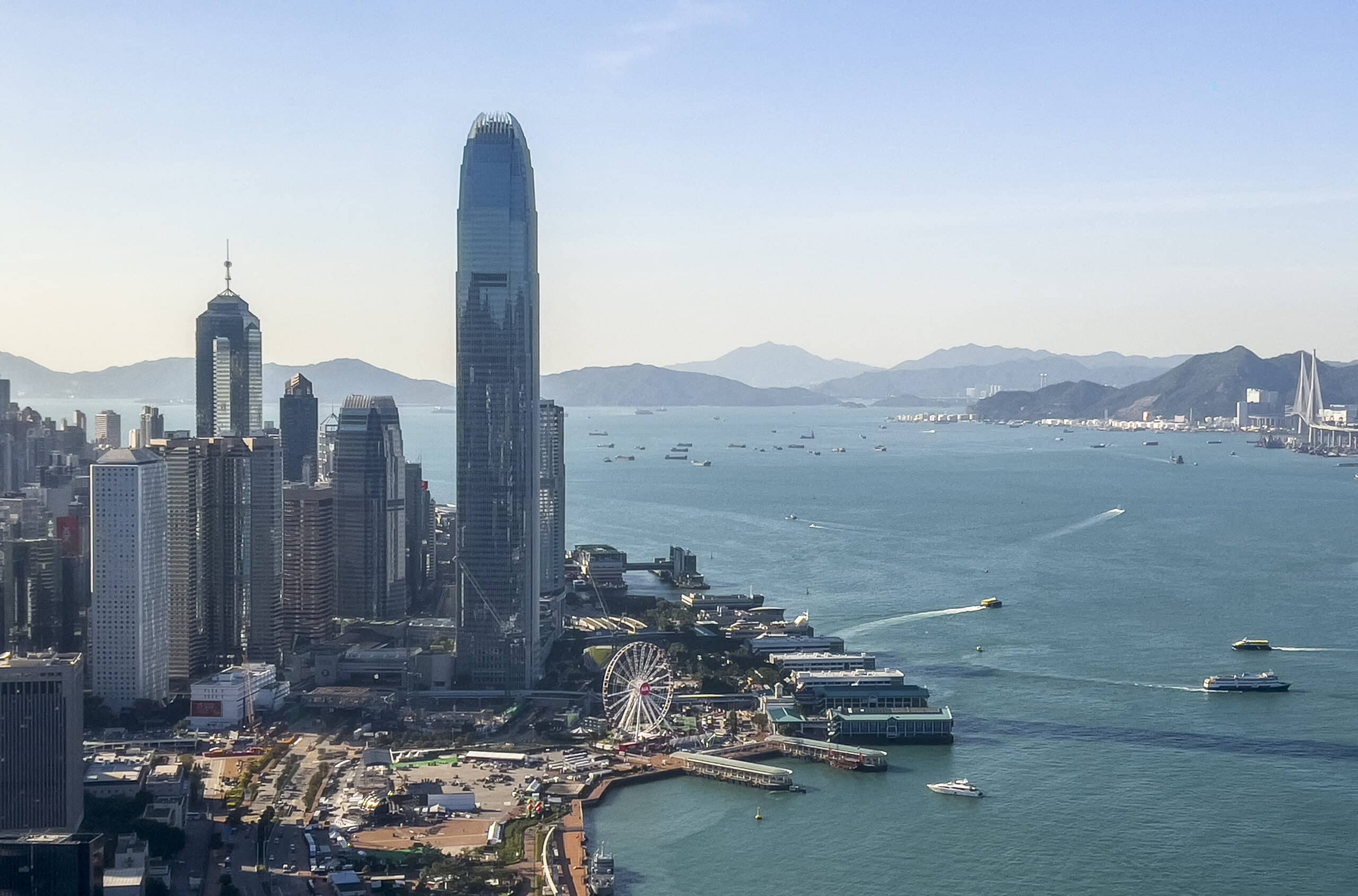
“From a listed markets perspective, the energy transition theme and the e-commerce theme are considered part of the sunrise space in India,” says Sandip Bansal , Senior Portfolio Manager, ASK Investment Managers. In an interview with ETMarkets, Bansal said: “From a sentiment perspective, India remains a favored long-term story, as there are not many large economies globally that can offer growth rates of around 7% for the next decade or so” Edited excerpts: Samvat 2080 finished strong; however, there was some volatility in the last month. How do you see the market until the next Diwali, 2025? Sandip Bansal: Indeed, the last year was good for the markets.
The broader indices delivered returns of about 30%, with large caps being slightly lower, and mid-caps and small caps performing much better. The last month or so has been volatile. While we have been lulled into believing that markets should not be volatile—based on the experience of the last few years—volatility is an inherent characteristic of the markets.

That said, the volatility was concentrated in October, with broader indices down by around 7% or so. There are always reasons for volatility, and this time it could be attributed to an underwhelming earnings season, FII outflows, a good run-up over the last few years, uncertainty around the US elections, and so on. Stock Trading Macroeconomics Made Easy: Online Certification Course By - Anirudh Saraf, Founder- Saraf A & Associates, Chartered Accountant View Program Stock Trading Advanced Strategies in Stock Market Mastery By - CA Raj K Agrawal, Chartered Accountant View Program Stock Trading Stock Investing Made Easy: Beginner's Stock Market Investment Course By - elearnmarkets, Financial Education by StockEdge View Program Stock Trading Technical Trading Made Easy: Online Certification Course By - Souradeep Dey, Equity and Commodity Trader, Trainer View Program Stock Trading Options Trading Made Easy: Options Trading Course By - Anirudh Saraf, Founder- Saraf A & Associates, Chartered Accountant View Program Stock Trading Algo Trading Made Easy By - Vivek Gadodia, Partner at Dravyaniti Consulting and RBT Algo Systems View Program Stock Trading Market 103: Mastering Trends with RMI and Techno-Funda Insights By - Rohit Srivastava, Founder- Indiacharts.
com View Program Stock Trading Technical Analysis Made Easy: Online Certification Course By - Souradeep Dey, Equity and Commodity Trader, Trainer View Program Stock Trading Dow Theory Made Easy By - Vishal Mehta, Independent Systematic Trader View Program Stock Trading Markets 102: Mastering Sentiment Indicators for Swing and Positional Trading By - Rohit Srivastava, Founder- Indiacharts.com View Program Stock Trading ROC Made Easy: Master Course for ROC Stock Indicator By - Souradeep Dey, Equity and Commodity Trader, Trainer View Program Stock Trading Cryptocurrency Made Easy: Cryptocurrency Course By - elearnmarkets, Financial Education by StockEdge View Program Stock Trading Commodity Markets Made Easy: Commodity Trading Course By - elearnmarkets, Financial Education by StockEdge View Program Looking at the outlook for the next year, from a fundamental perspective, we believe that Indian markets will deliver earnings growth of around mid-teens. We have seen a revival in rural demand following good monsoons, and that is expected to continue.
In the last few months, there was a slowdown in government expenditure, both on the revenue side and especially on the capital expenditure side, due to elections, heatwaves, monsoons, and then the festive season; we expect a pickup in that. We have seen a lot of capital raising in the markets by corporates, and capacity utilization levels are also reaching threshold levels, which suggests the private sector capex cycle should kick in. So, the setup looks positive from a fundamental perspective.
From a flows perspective, domestic flows into equities as an asset class continue to be robust. Through the coming year, we should see a reduction in interest rates, both globally and, to a lesser extent, in India, which is again positive for risk assets. From a sentiment perspective, India remains a favored long-term story, as there are not many large economies globally that can offer growth rates of around 7% for the next decade or so.
How has the performance of the Lighthouse PMS product been over the last year? Sandip Bansal: The Lighthouse PMS was launched in March of this year, so it has a performance track record of about eight months. Fortunately, the returns have been good, with numbers around close to 19.5% or so.
It has managed to outperform its benchmark, the BSE 500 TRI, by about 8%. Your portfolio is tilted towards engineering as well as metals and mining. What makes you so positive about these sectors? Sandip Bansal: The Lighthouse strategy is a focused approach in which we invest in a few selected themes at a given point in time.
The current themes for the fund are manufacturing, infrastructure, energy, and defense. We believe these themes are undergoing massive structural transformations and present very deep and large opportunities. The runway for value creation, in our view, is very long, and we would like to remain invested in these themes for the next few years at least.
As far as manufacturing is concerned, there are multiple drivers supporting India’s story, including import substitution, government initiatives, global diversification of supply chains, and a very large domestic market. We believe we are at the early stages of a major manufacturing revival in the country. For infrastructure, post-pandemic, the government has stepped up investments across the entire infrastructure space, and we expect such investments to continue.
We also expect the private sector capex cycle, as previously discussed, to kickstart. This makes us very positive on the infrastructure space, which is also supported by the manufacturing story, as manufacturing requires significant movement of goods, etc. In defense, we have seen a big push for indigenization.
There is also an export story developing in defense. India has increased its expenditure in that space, especially given the current geopolitical landscape. Recent conflicts have also shown that global supply chains can be disrupted during such times, which reinforces defense as a structural story for us.
FPIs have grabbed the attention of market participants in October after a heavy selloff. The FPI sell figure of Rs 1,13,858 crores through the exchanges in October is the single highest absolute selling ever in a month by FPIs. How do you see the trend? Sandip Bansal: Yes, indeed, FII selling in the last month has been quite heavy.
This should be viewed in the context of the overall market size, which has grown considerably over the years. While FII selling has been substantial, our market size has also expanded. The reasons attributed to FII selling include a rise in US yields by around 60 bps over the last couple of months, with the dollar (DXY) strengthening by over 3%.
There is also uncertainty around the US elections. Additionally, we have had a relatively muted earnings season in the context of relatively high valuations both domestically and globally. At the same time, China has undertaken stimulus measures to revive its economy, and in the global context, Chinese markets are more cheaply valued, leading to some reallocation towards China.
These are the broad reasons behind the FII selling. However, over time—especially in recent years—domestic flows have more than compensated for FII outflows, making the Indian markets more resilient. In fact, in October, the DII holding percentage of the overall market might have surpassed the FII holding for the first time this millennium.
That said, we believe that equities are a growth asset, and all investors want to participate in strong, long-term growth opportunities, where India stands out globally. While intermediate volatility due to allocations or specific news events is possible, the long-term trend remains in India’s favor. Why is it essential to focus on quality investments during volatile times? Sandip Bansal: I believe it is important to focus on quality investments at all times because we do not know when markets might become volatile.
Quality investments help an investor hold their positions during market volatility. In volatile times, most stock prices correct, but quality stocks tend to correct less. Due to the inherent strengths of these businesses, an investor is able to hold on to them and avoid one of the worst mistakes in investing, which is selling a good business during a bad time.
That is why we believe quality investing truly helps. What qualities should investors look for in companies during periods of high market volatility? Sandip Bansal: It’s not specific to volatile times, as we generally see stock prices correct during such periods. The stock price is what an investor pays, while the value of the business is what they receive, and this value does not change with stock price volatility.
The value of a business is actually a function of its earnings, earnings growth, the capital efficiency with which those earnings are generated, and the certainty, predictability, and durability of those earnings. Although there might be an intermediate emotional loss during volatile times, this doesn’t impact value creation. That said, the emotional pain created during volatility can sometimes force an investor to sell, and as we discussed, selling a good business at a bad time is not ideal.
Some qualities to look for in a business include high returns on capital, strong management, competitive moats, and a robust, largely debt-free balance sheet. Generally, such businesses are leaders with relatively durable, predictable earnings and high free cash flows, which benefit investors over the long term, especially during volatile times. What is the current valuation of the overall market, and how does it compare to historical levels? Sandip Bansal: The EPS for Nifty, looking at one-year forward EPS, would be in the ballpark of around 1175, and currently, we are trading at around 20.
5 times one-year forward based on that. The 20-year average for Nifty is around 18 times, so at 20.5, we are trading at about a 14% premium to the 20-year average Nifty multiples.
The 15-year average for Nifty is more like 19 times, so compared to that, we’re trading at about a 9% premium. If we look at the last 10-year average, Nifty multiples have been around 20.5 times, so we’re currently trading at about the average multiples of the last 10 years.
When looking at these numbers, we should also consider that the long-term story for India today is perhaps stronger than the averages over the last 10 to 20 years. Sentiment around the country is better, the reform momentum is at a higher level, and global and domestic liquidity is also supportive. Are we seeing signs of overvaluation or undervaluation in specific sectors? Sandip Bansal: Yes, I would completely agree with you on that.
There is always a case of undervaluation and overvaluation in specific sectors within markets. This can be viewed from two perspectives: one is relative to the sector's own trading history, and the other is relative to the sector's growth outlook and growth potential over the foreseeable future. Looking at its own trading history, one could argue that the IT sector is overvalued.
From a growth outlook and potential perspective, we believe the consumer staples sector might not be able to deliver very high growth rates, and thus, in our view, that sector also appears overvalued. Regarding undervaluation, based on its own trading history, one could argue that the banking sector is trading at relatively undervalued levels. What role will global economic conditions play in influencing the domestic market? Sandip Bansal: Global economic conditions play a very important role in domestic markets.
We believe that most of the larger risks to Indian markets originate outside India. Lower economic growth globally can impact India's exports, as the global market is far larger than the domestic market, and low-income countries require a strong export market to sustain high GDP growth levels. During times of slower economic growth in the US, for example, corporations may cut down on tech spending, impacting growth in the IT services sector.
Similarly, if Chinese growth slows down, companies there may sell goods globally at discounted rates, affecting the profitability of Indian corporates. Geopolitics also plays a critical role, as it can weaken global growth, increase logistics and supply chain costs, and create uncertainty, which hampers investment by clouding the economic growth outlook. While India remains a strong domestic demand-driven economy, a favorable global economic environment is still essential for sustaining growth rates.
Which sectors are currently considered "sunrise sectors," and what makes them appealing to investors? Are there specific trends or innovations within these sectors driving their growth potential? Sandip Bansal: From a listed markets perspective, the energy transition theme and the e-commerce theme are considered part of the sunrise space in India. The energy transition encompasses a wide range of sectors, including electric vehicles and the renewables ecosystem. These sectors are driven by a strong government push, with multiple initiatives, such as production-linked incentive schemes for green hydrogen, PLI schemes for solar PV manufacturing, the PM Kusum Subsidy Yojana, the PM Surya Ghar Yojana, and ambitious ethanol blending targets.
This energy transition trend is global, and India's decarbonization targets are also ambitious, driving growth within this theme. In terms of e-commerce, multiple businesses are emerging, from online shopping to other internet-first services. Key trends driving growth in this sector include changing consumer habits and preferences, with consumers increasingly seeking convenience, goods, food, and services from the comfort of their homes, avoiding travel, traffic, and city congestion.
Demand for quick deliveries and instant gratification is high, especially among India’s young demographic, and we have seen similar trends play out in other large global markets. Where are the big investment trends emerging if someone plans to invest for 5-10 years? Sandip Bansal: We are very positive about the manufacturing sector in the country. Manufacturing is obviously a large sector, and currently, India’s manufacturing contribution as a percentage of GDP is around 15%.
The government aims to increase this to around 25%. So, if our GDP doubles over a certain period, the manufacturing sector could potentially triple during that time if these targets are met. Historically, most low-income countries that transition to middle-income status have very large manufacturing sectors.
In India’s case, this growth is further supported by import substitution, a large domestic market, and the global diversification of supply chains. There are numerous sectors, from defense to plastics, where we still import many goods, so the potential in this space is substantial. We believe it’s a multi-decade growth story.
(Disclaimer: Recommendations, suggestions, views, and opinions given by experts are their own. These do not represent the views of the Economic Times) (You can now subscribe to our ETMarkets WhatsApp channel ).














